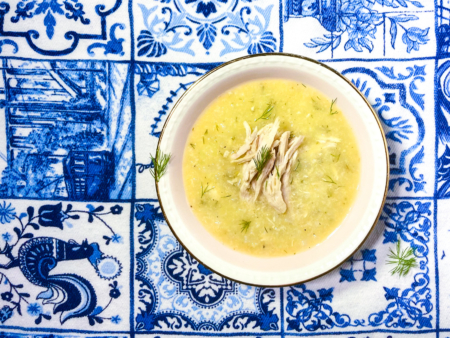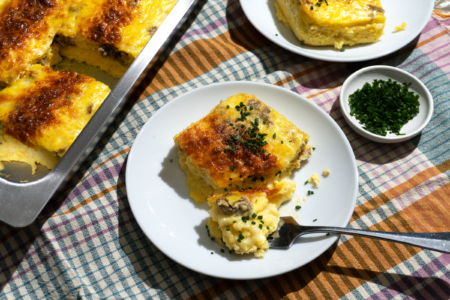If you’re looking for ways to upgrade your fruit snacking game, jujube could be a unique and fun option, just like its name. Read on to learn more about jujube and how you can incorporate it into your diet.
What Is Jujube?
Jujube fruit (Ziziphus jujuba), also known as jujuba date, red date, or Chinese date is a small sweet fruit native to Southern Asia. It belongs to the Rhamnaceae family and is eaten fresh as well as dried. Jujube is one of the oldest grown fruit trees and has been cultivated for nearly 4000 years. Historically, they have been used as an integral component of Chinese medicine for centuries. Interestingly, jujubes are considered a snack in many parts of Asia. It’s only now that it’s gradually becoming popular outside Asia for its tiny and tasty apple-like fruits and possible health benefits.

Take note: jujube must not be confused with jojoba, a shrub widely known for obtaining wax and essential oils.
Appearance of Jujube
Jujube fruits are either round-shaped or oblong, generally the size of a plum, but can be grown in various sizes depending upon the cultivar. They grow on enormous flowering shrubs and trees. While they are green and smooth textured when unripe, jujubes attain a rusty color as they ripen. Once fully mature, they develop a thin wrinkled skin which is dark red to purplish in color. The flesh, on the other hand, is white with a single hard seed located in its center which is removed before consuming.

What Does Jujube Taste Like?
Raw jujube fruit has a sweet, apple-like flavor that’s slightly tangy coupled with a soft yet firm texture like that of a pear. Dried jujube, on the other hand, are coarse and wrinkled, very much like dates in texture as well as taste. They offer a gooey and chewy feel to the palate.
Culinary Uses of Jujube
While fresh jujubes are often eaten out of hand owing to their compact size, this doesn’t restrict their use in the kitchen. In fact, they can be used in any dessert in place of apples or pears. Fresh fruits are added to salads, apple slaws, and also ground to prepare jujube butter. Try swapping sliced jujubes for apples in our recipes for Sweet and Spicy Pork Chops and Roasted Apple Salad.

Fresh, dried, or glazed jujube can be added to your breakfast bowls, morning bread, and topped over meals just like our Baked Apple Oatmeal, and Apple Cinnamon Breakfast Bread. You can even prepare a delicious jujube sauce, jam, pickles, and the much popular jujube candies from this fruit. As these fruits are a concentrated source of sugar, they should be eaten sparingly.
Dry jujubes are much easier to find in grocery stores and online in the United States compared to the fresh variety. Dry fruits are especially popular all around the world for jujube tea as it’s believed to have a calming effect, although there is no solid scientific evidence to prove this notion.

While fresh jujube can be leveraged into juices, smoothies, and milkshakes, dried jujube is often used in desserts and even considered a sweet snack in itself just like the date fruit.
Storage of Jujube
Fresh jujubes have a short shelf-life and can only be stored for a week on the countertop. The dried fruits, if stored in a cool dry place, last for up to two years.




